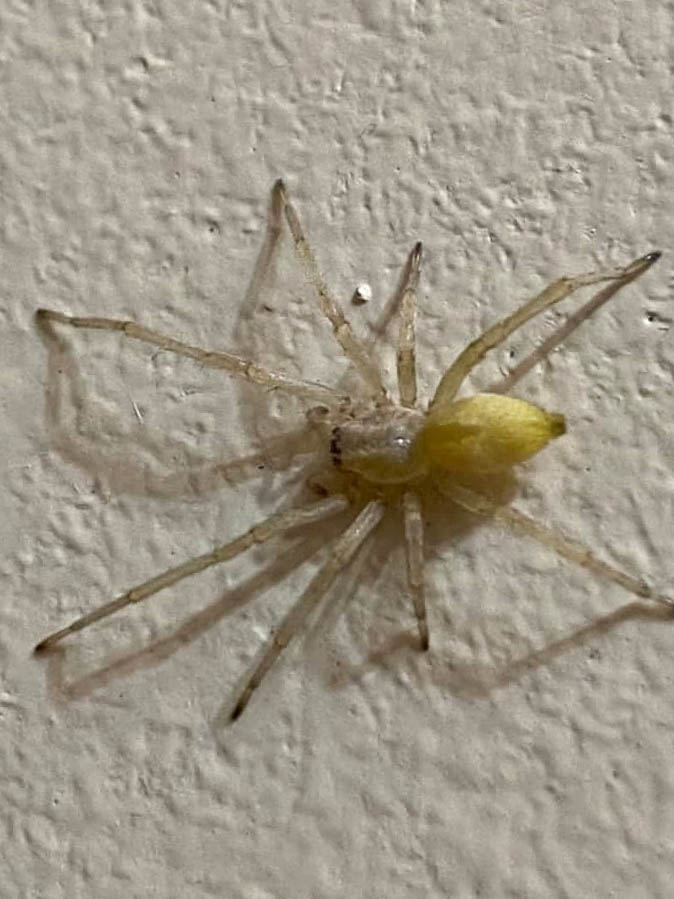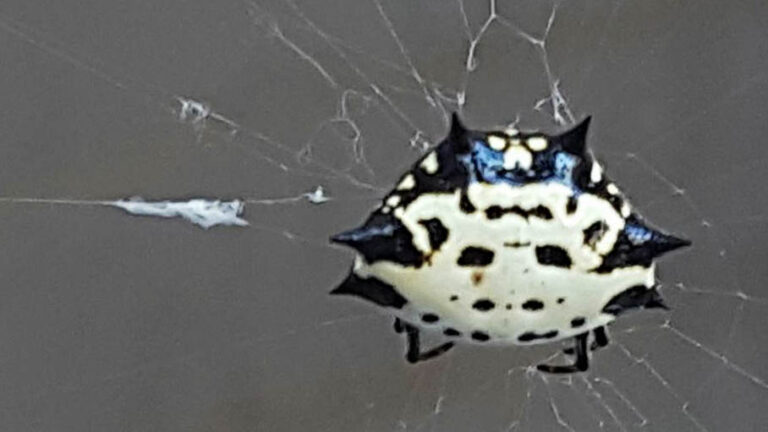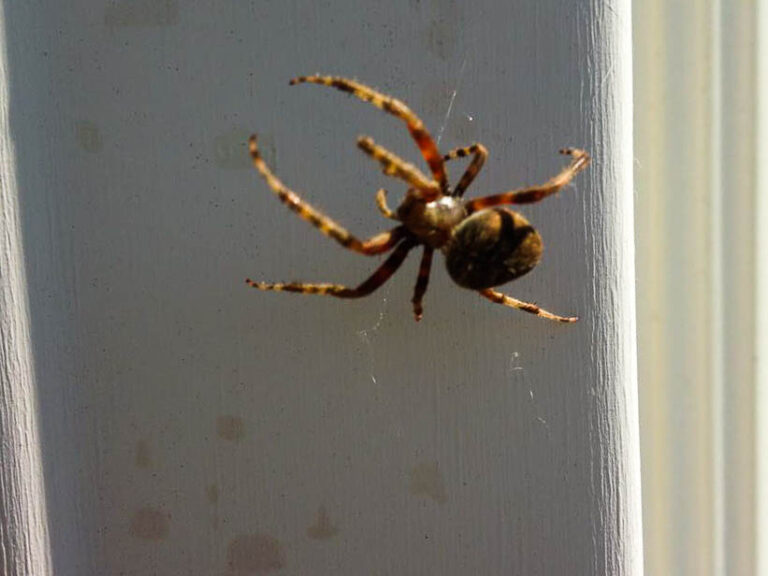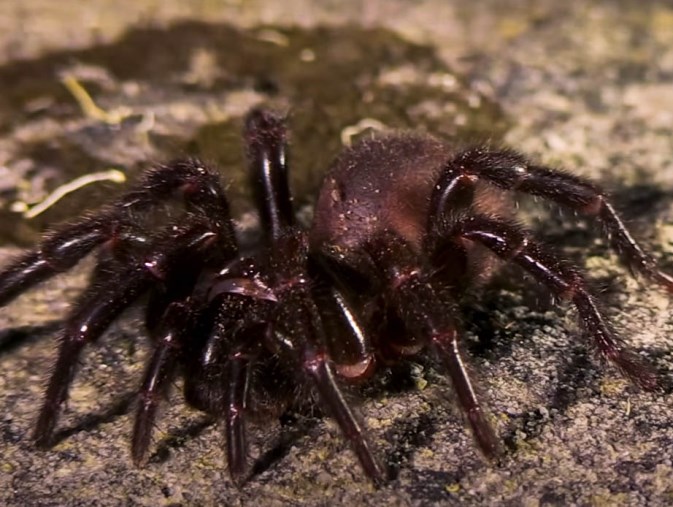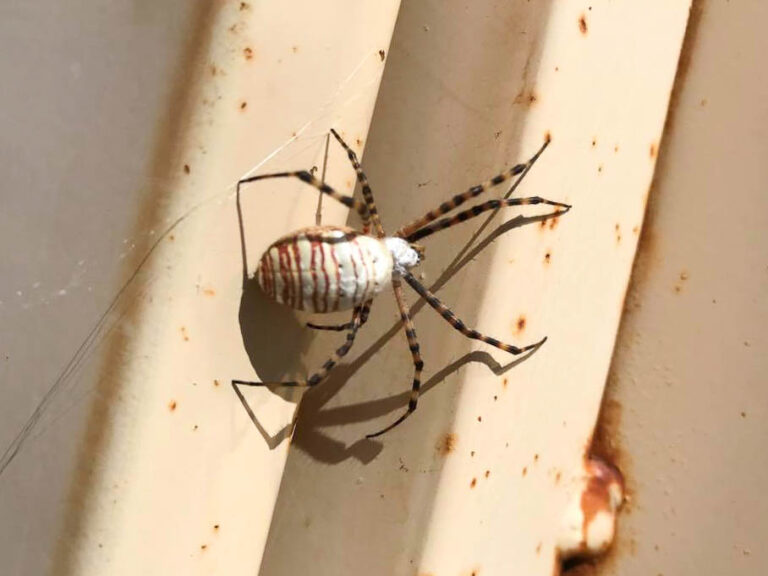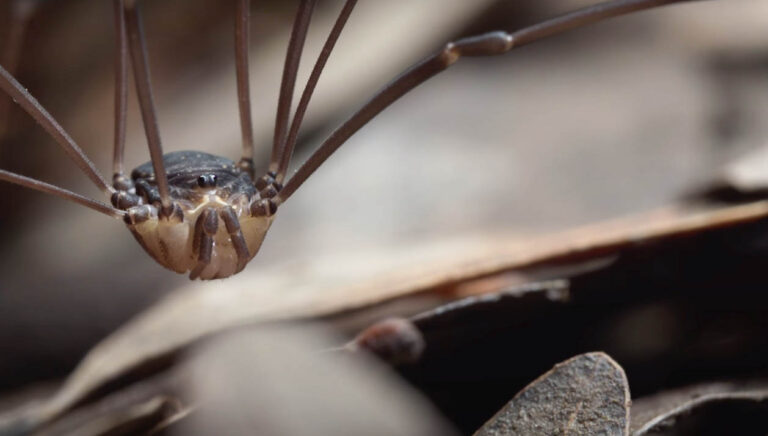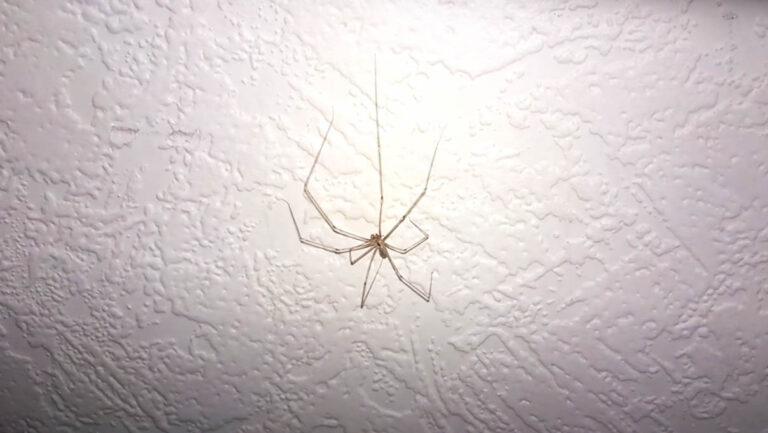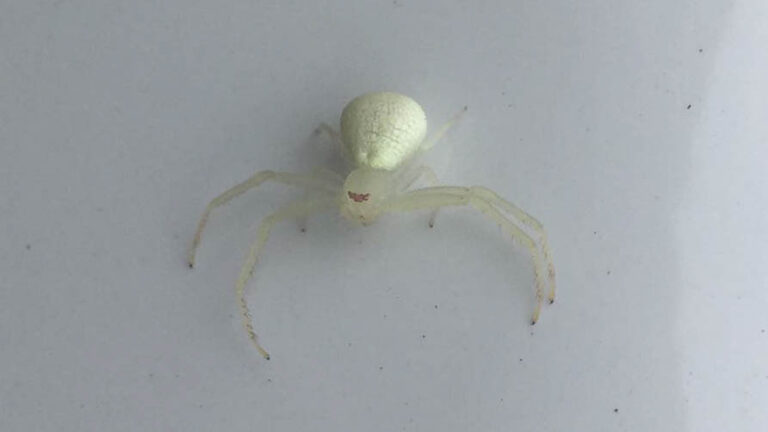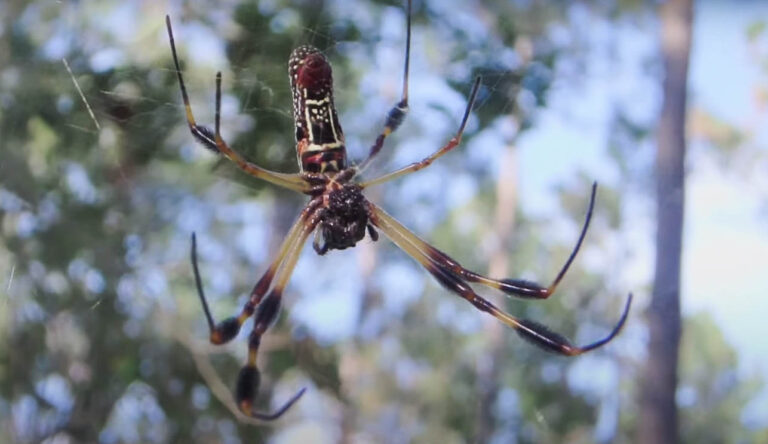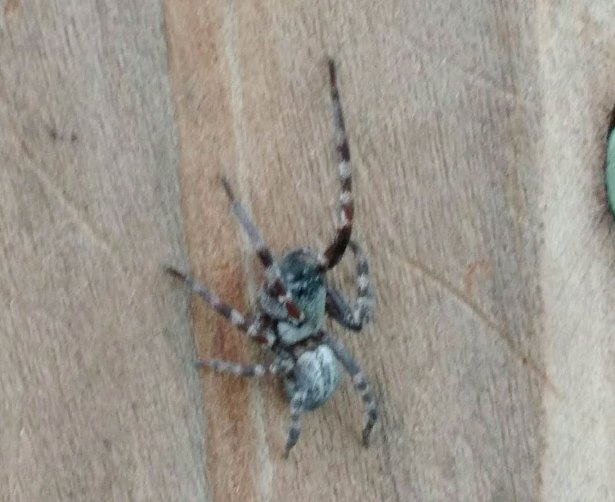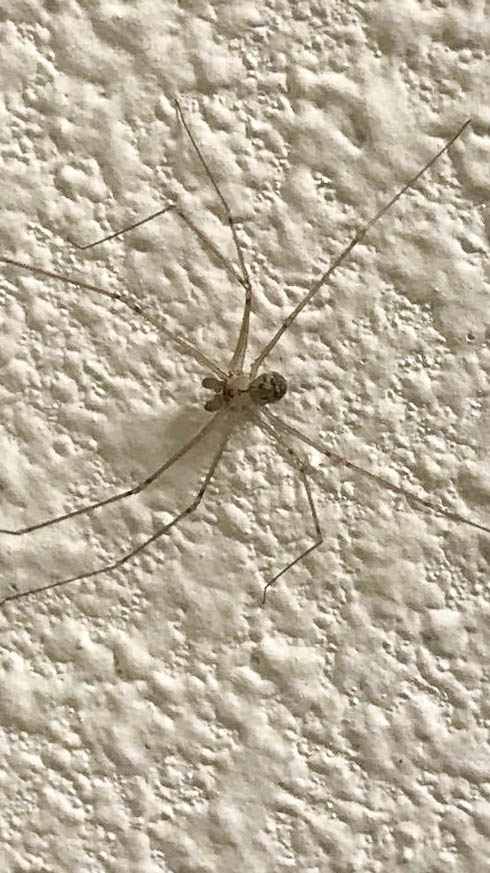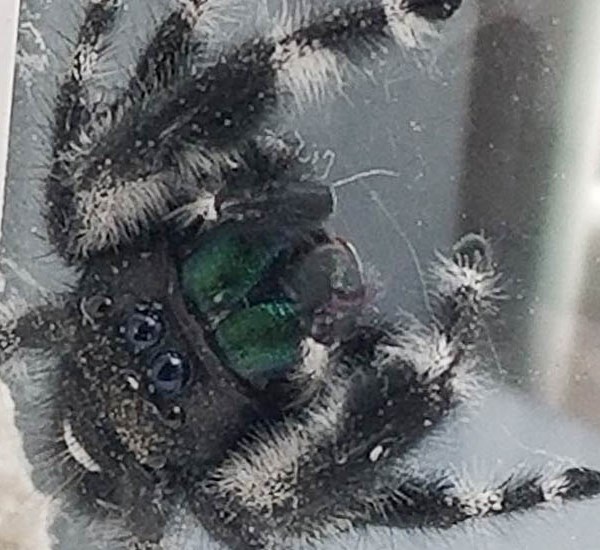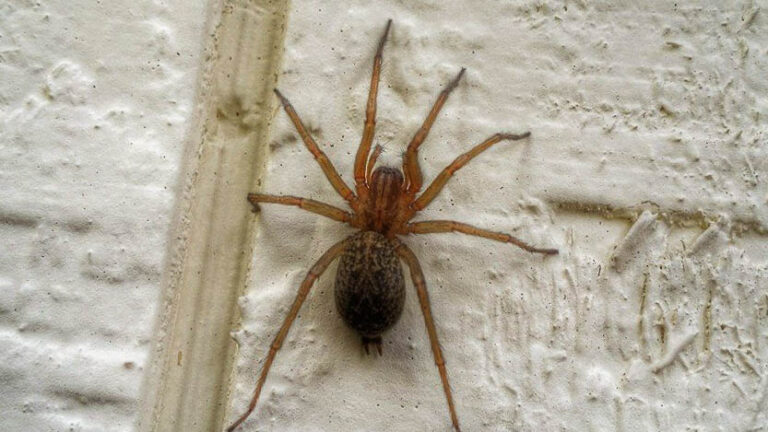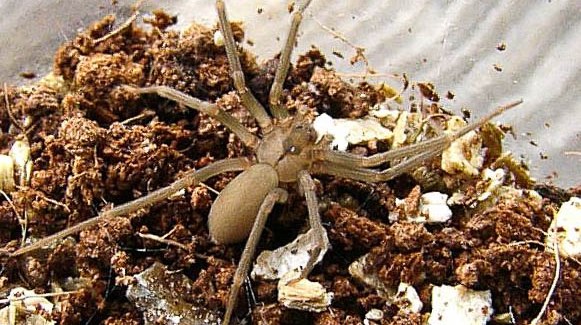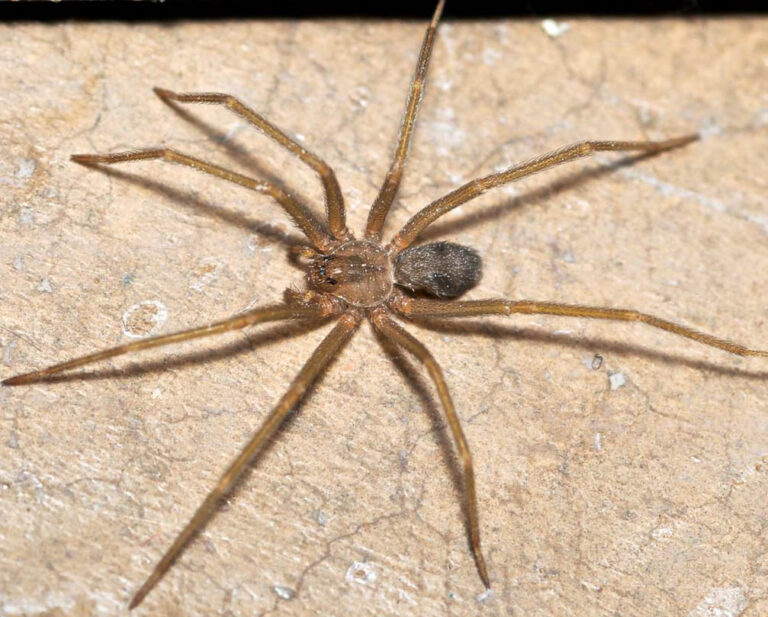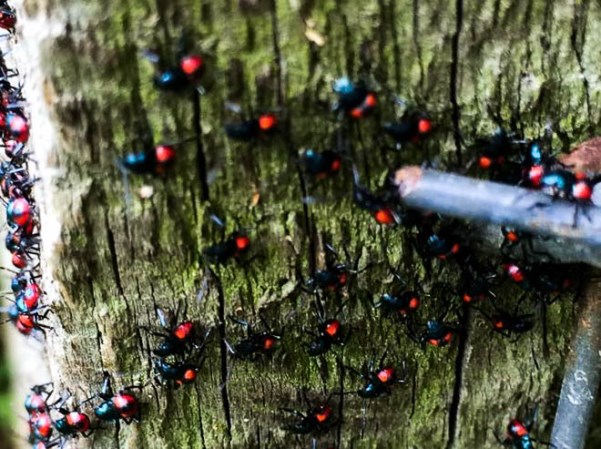About Cellar Spiders
About Cellar Spiders
Cellar spiders, from the family of Pholcidae, have over 1500 species. They initially lived in dark, isolated places like caves, under rocks, or in burrows. They found their way into human habitation and made the basements and cellars their perfect home, thus the name cellar. They are widely spread in all the continents except Antarctica. Cellar spiders build their webs in calm, dark, and cool places. High ceilings and attics are also excellent for their habitations.
Their webs are non-sticky. As such, they can only trap the prey if they get entangled in the webs. This means that they have to act fast. When the prey gets to the web, the cellar spider quickly covers it with a thick silky matter, then injects its venom to breakdown the prey.
Appearance
Cellars are thin, fragile with long legs, but just like other arthropods, their bodies are divided into two; cephalothorax and abdomen. Their peanut-shaped bodies are 2 to 10mm in length; the legs are approximately 50mm long, all attached to the cephalothorax. They have round abdomens with six to eight eyes, depending on the type of species. Body-color ranges from tan to grey. These insects have very short fangs, which contributes to the fact that their bites are not fatal to humans. They have short protrusions at the front called the palps. Palps are used for grasping prey and also during mating. The males have bigger palps than females.

Behavior
Cellar spiders are not active hunters; they stay in their webs waiting for their prey. They usually hang upside down on their webs, and they will only come out looking for mates. They use touch and vibrations to communicate. They also have a high sense of motion; they can detect movement up to 20cm away.
Cellar spiders are cannibals and predators; they feed on insects and other spiders. When pushed to starvation, they will raid other spider webs and feast on them. They can also fall prey to their predators, so they prefer building their webs in very dark places and hide.
Cellars rarely interact with humans; they will always flee when they encounter them. They are beneficial to humans when they eat nuisance insects in human homes.
Life Cycle
The newly hatched juvenile cellars resemble the adult spider. The color may differ, but as they molt to adulthood, they keep changing their color and shading their exoskeleton until they mature. The molting period takes a year to complete. A fully developed cellar spider can live for two additional years.
A female cellar can produce two to three egg sacs in her lifetime, with each egg sac holding up to 70 eggs.
Habitat
Cellar spiders live both indoors and outdoors as long as the environment is conducive for them. The outdoor cellar spiders are found in naturally secluded areas like caves and rocks, while the indoor spider lives in abandoned and damp rooms like basements, garages, and cellars.
Are Cellar Spiders Harmful?
Cellar spiders have strong venom. However, these insects do not bite unless threatened. If you are bitten, take a pain killer to relieve the pain. Alternatively, you can apply antibiotic ointment on the bitten area before seeking medical attention.
How to Control Cellar Spiders
Cellar spiders are irritating since they continuously build new webs without removing the old ones. As such, many homeowners call them a nuisance. If cellar spiders invade your home, below are some ways of controlling them;
- Control other insects that act as sources of food for the spiders
- Seal crevices and cracks in your home
- Ensure your house is well ventilated
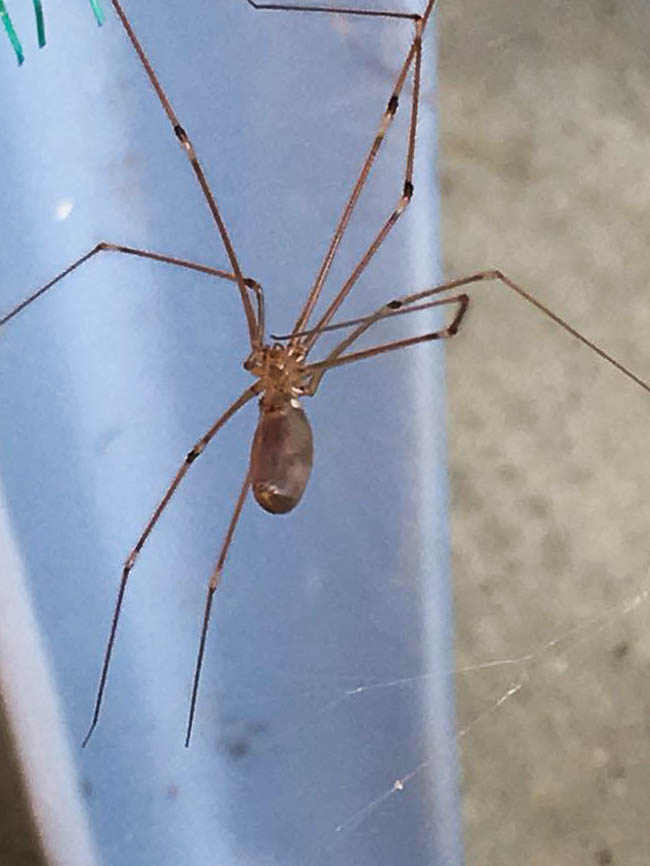
- Remove spiders, webs, and egg sacs regularly using a broom
- Use an appropriate insecticide to clear off spider populations; you must contact a pest management professional first before using any chemical
With the above methods, you’re sure to keep these stubborn critters away

